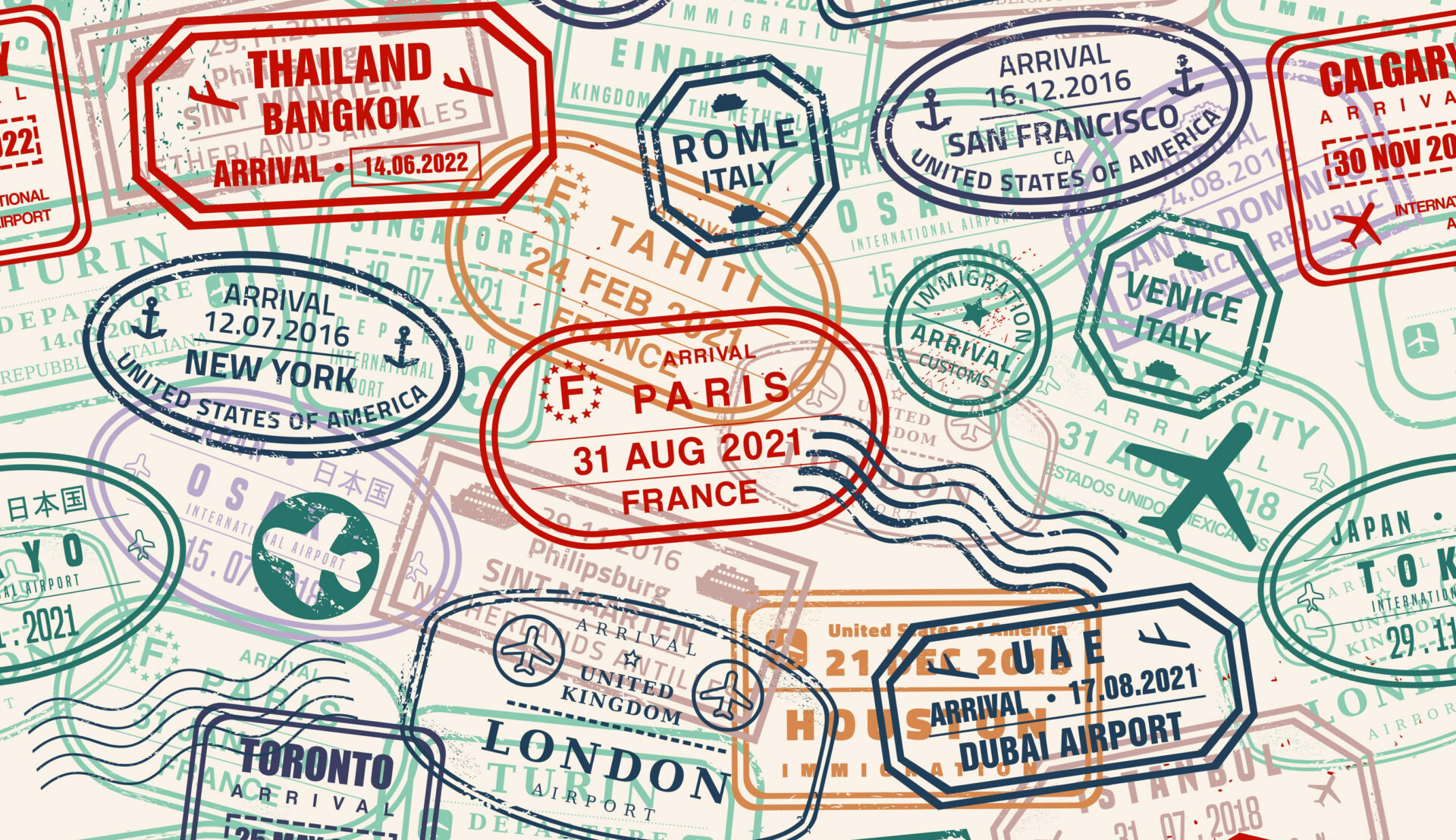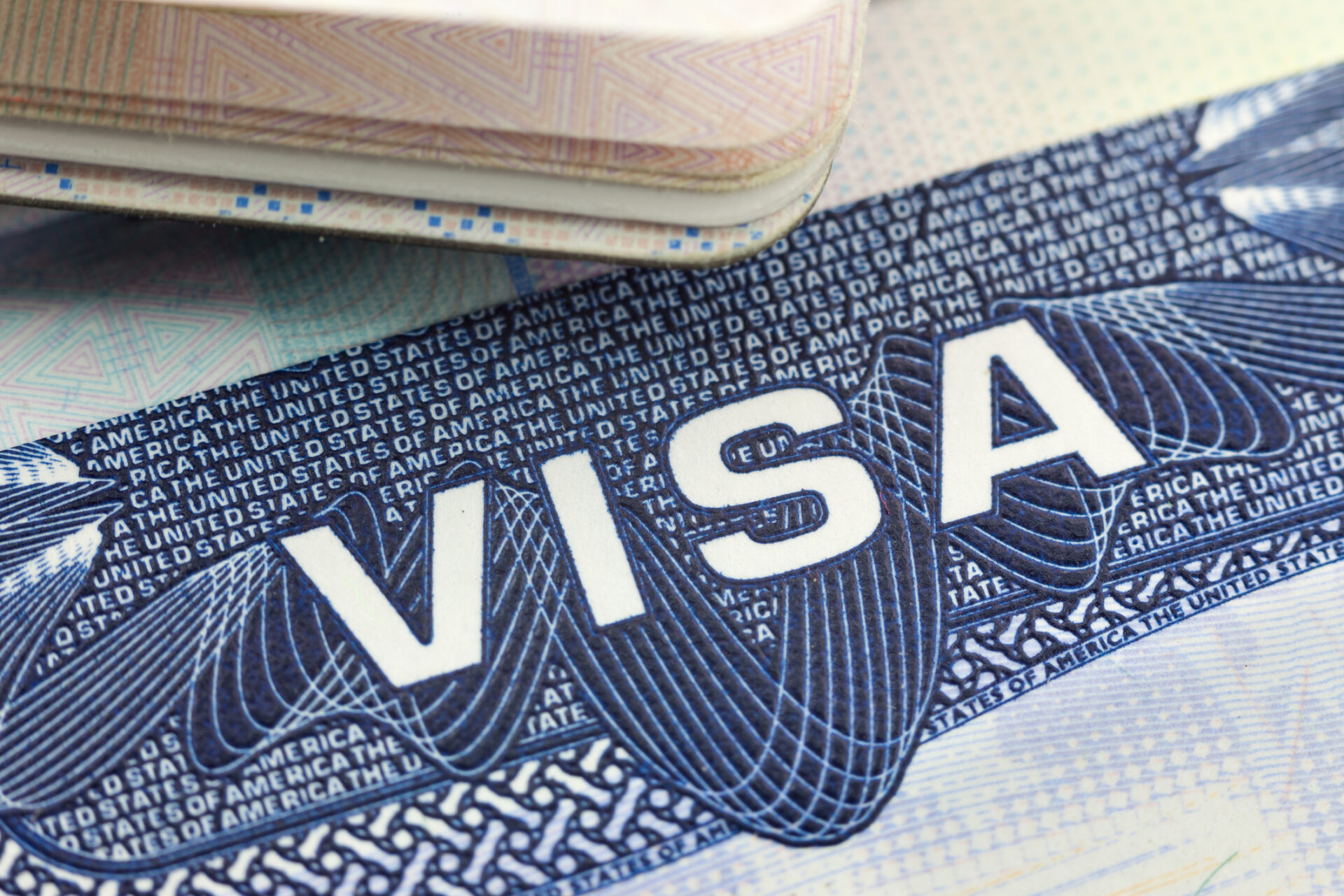Did you know that Hawaii is the largest chain of islands in the world? Did you know that it is made up of more than 130 islands, which span roughly 150,000 miles? Maybe you already know this information, but we are willing to bet you didn’t realize you could visit this tropical location while still working towards your goal of practicing medicine.
That’s right, AMOpportunities offers a clinical experience in cardiology that is located in Hawaii’s capital city of Honolulu, putting visitors in the perfect spot to enjoy some of the area’s best views, tourist attractions, and foods.
Continue reading below for some ideas on what to do, see, and eat should you find yourself in Honolulu for a clinical experience with AMO!
Ready to apply for the experience or simply want to learn more?
Places to See
-
-
-
Waikiki Beach
-
-
One of six beaches in the area, Waikiki Beach is known for its translucent blue waters, which mesmerize all its visitors. The space is a sun bather’s and surfer’s paradise, and for a good reason. Half of the beach is closed off for surfing, a favorite local pastime. Don’t know how to surf? That’s okay; you can take a lesson or choose to paddleboard instead.
-
-
-
Royal Hawaiian Center
-
-
Visited Waikiki Beach and left with a sunburn? It might be a good idea to spend some time indoors Royal Hawaiian Center is the perfect place to escape the sun. The Center is filled with shops and restaurants. On occasion, the center hosts live music and dancing events.
-
-
-
Tantalus Lookout
-
-
Arguably the best spot to watch the sunset on all of Oahu, Tantalus Lookout offers visitors a view of the entire city. The lush green space offers visitors enough space to spread out. You can even picnic there if you want. Depending on your fitness level, it’s possible to walk up to the lookout. Many tourists do choose to take a taxi to the top.
Things to Do
-
-
-
Tour Iolani Palace
-
-
Iolani Palace is the perfect spot for a quick lesson in Hawaiian history. Home to the last of the island’s monarchs, Iolani Palace has been empty for over a century. It was remodeled in the 1930s and is now open for tours. Visitors can choose to do an audio-guided tour or have an actual tour guide show them around the space.
-
-
-
Snorkel at Hanauma Bay
-
-
Set aside for conservation in the 1960s, Hanauma Bay offers snorkelers a pristine place to explore marine life unique to Oahu. Creatures frequently seen by snorkelers include the Oval squid, red pencil sea urchin, a myriad of butterflyfish species. For just $25, visitors can get transportation to the bay, snorkeling equipment, and four hours of snorkeling.
-
-
-
Hike Koko Crater Trail
-
-
Comprised of nearly 1,000 stairs, abandoned railroad tracks, and dirt paths, Koko Crater Trail is a workout to hike. It takes about three hours roundtrip, but the view, in the end, makes it all worth it. Did we mention there is a botanic garden on the route known for its collection of cacti and succulents? If you do decide to hike the trail, be sure to bring lots of water and sunscreen.
Foods to Eat
-
-
-
Shave Ice from Waiola Shave Ice
-
-
The perfect treat after spending a day in the sun, shave ice, or ice shave as the locals call ice, is as refreshing as it is delicious. Unlike versions of this treat found in other countries, Hawaiian shave ice features tropical flavors unique to the island like lychee and lilikoi. The best place to get it? Waiola Shave Ice. It’s been serving shave ice in the community for almost 80 years!
-
-
-
Poi Donuts from Kamehameha Bakery
-
-
A popular ingredient in many Hawaiian dishes, Poi is taken from the root of the taro plant. Its distinct purple color tints everything it’s in, even the Poi donuts found at Kamehameha Bakery. This food is as photogenic as it is delicious. Interested in seeing where Poi comes from and how it is processed? Consider checking out the Waiahole Poi Factory where you can sign up for a tasting or workshop.
-
-
-
Hawaiian Poke from Ono Seafood
-
-
A traditionally Hawaiian with variations found in Japanese cuisine, poke is made of raw fish and several different condiments. In Hawaii, the most common poke is made of yellowfin tuna and doused in sea salt, seaweed, and other marine plants. While you can find poke anywhere and everywhere on the island, Ono Seafood is a local favorite.
Not sure about Hawaii? We offer clinical experiences in 22 other states within the U.S.!
Check out AMO’s other clinical experiences >







Leave A Comment